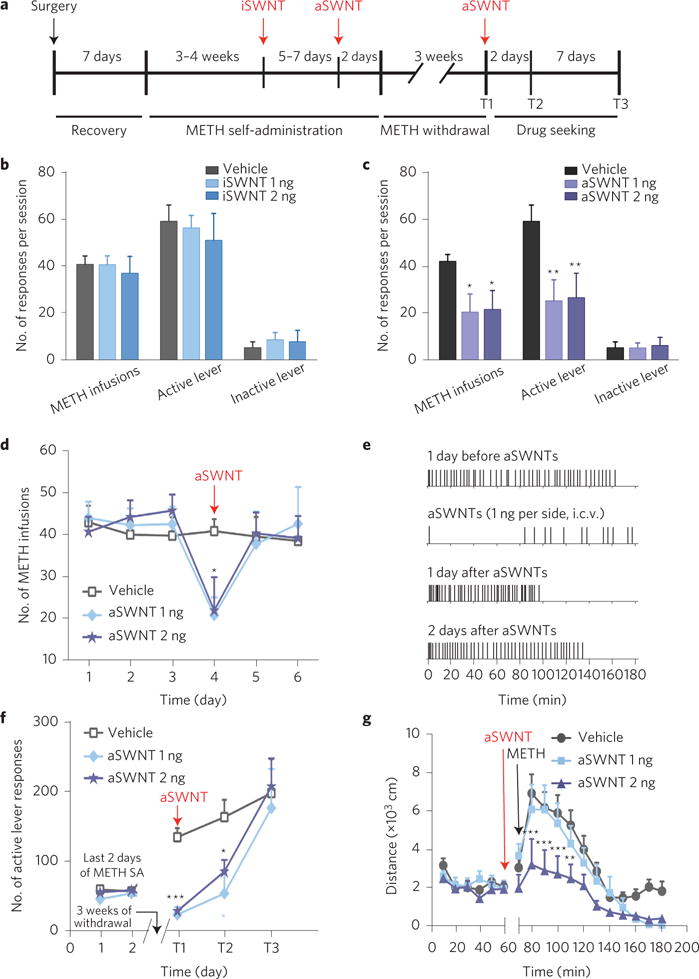Figure 1. Effects of SWNTs on METH self-administration, cue-induced METH-seeking and METH-enhanced locomotion in mice.

a, Timeline of the METH self-administration and relapse experiments. b, Microinjection of iSWNTs (1 or 2 ng 30 min before testing) had no effect on METH self-administration compared with the vehicle (0.01% sodium deoxycholate in artificial cerebrospinal fluid) control group (METH infusions: F2,25 = 0.22, p > 0.05; active lever presses: F2,25 = 0.41, p > 0.05, one-way ANOVA; the values of F refer to the degrees of freedom in group number and independent observations). c, Microinjection of aSWNTs significantly inhibited METH self-administration (METH infusions: F2,25 = 3.92, p < 0.05; active lever presses: F2,25 = 4.40, p < 0.05). d, Time courses of the action produced by aSWNTs. e, Representative METH self-administration records, indicating that aSWNTs caused cessation of METH self-administration on the test day. Each vertical line represents one METH infusion. f, aSWNT pretreatment inhibited cue-induced drug seeking in mice after 3 weeks of withdrawal from previous METH self-administration. Two-way ANOVA with repeated measures over time revealed a significant aSWNT treatment main effect (F2,25 = 12.95, p < 0.001, statistically significant difference across all treatment groups) and time main effect (F2,46 = 27.00, p < 0.001, statistically significant difference across all the time points). g, Pretreatment with aSWNTs also inhibited 1 mg kg−1 METH-induced increase in locomotion (F2,23 = 6.88, p < 0.01). The error bars indicate the standard error of the mean (s.e.m.) from the means of 8–10 mice in each group (see Methods for details). *p < 0.05, **p < 0.01 and ***p < 0.001, compared with the vehicle group.
